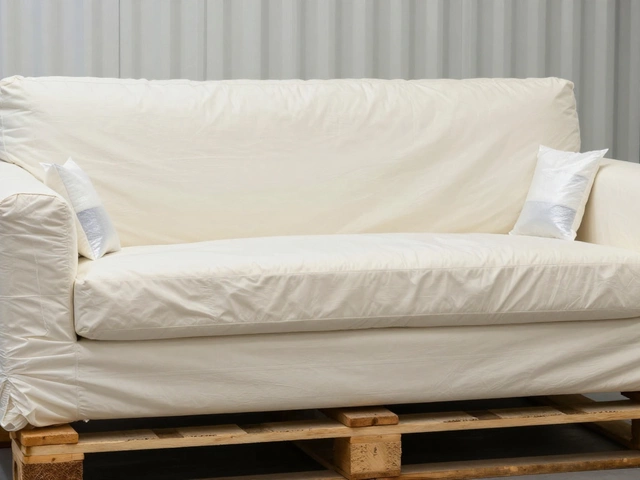Office Chair Replacement: Know When It’s Time and Pick the Right New Seat
Feeling aches after a day at the desk? That’s a big hint your office chair has earned its retirement badge. A worn‑out chair can trash your posture, lower productivity, and even cause long‑term back problems. In this guide we’ll walk through the signs that say it’s time for a swap, the must‑have features in a modern ergonomic chair, and practical steps to choose a seat that fits your budget and workspace.
Spot the Warning Signs
Not every squeak means the chair is dead, but a few red flags are hard to ignore:
- Visible damage: Cracked frames, torn upholstery, or broken casters make the chair unsafe.
- Loss of support: If the lumbar cushion no longer holds its shape, your spine is left unsupported.
- Persistent pain: Neck, shoulder or lower‑back aches after a few hours of sitting are a clear alarm.
- Adjustability failure: Levers that stick or won’t stay in place limit the chair’s ergonomic benefits.
If you tick two or more of these, start shopping for a replacement now. A good chair should last 7‑10 years with proper care, so don’t wait until it’s completely broken.
What to Look for in Your New Office Chair
Choosing the right seat isn’t about flashy designs; it’s about comfort, adjustability, and durability. Here’s a quick checklist:
- Seat height range: Make sure the chair can lower enough for your feet to rest flat on the floor and rise high enough for your desk height. The Office Chair Height article explains why this matters for posture.
- Lumbar support: Look for an adjustable lumbar pad that matches the curve of your lower back.
- Armrest flexibility: Fixed arms can strain shoulders, while removable or height‑adjustable arms, as discussed in Office Chair Armrests, let you find a natural position.
- Swivel and casters: Smooth 360° swivel and high‑quality casters keep you moving without scratching the floor.
- Material durability: Breathable mesh is great for airflow, while high‑density foam offers plush support. Choose a fabric that resists wear.
Budget‑friendly options exist, but avoid the cheapest models that lack key adjustments. A mid‑range chair with solid build quality will save you money in the long run.
When you’ve narrowed down a few models, test them. Sit for at least five minutes, adjust the height, tilt, and armrests, then check if your hips sit back in the seat and if you can keep your feet flat. If it feels right, you’ve likely found a winner.
Finally, think about future needs. If you plan to work from home more often or expect to change desk heights, pick a chair with a broad adjustment range. A versatile seat grows with you, cutting down on future replacements.
Replacing an office chair is an investment in health and productivity. Spot the warning signs early, use the checklist above, and you’ll enjoy a comfortable workday for years to come.
When to Replace Your Office Chair for Optimal Comfort and Productivity
Your office chair is more than just a piece of furniture; it plays a crucial role in supporting your posture and boosting productivity. Knowing when to replace it can save you discomfort and even health issues. The key factors that determine its lifespan include the quality of materials, usage frequency, and wear and tear signs. Dive in to discover tips on maintaining your chair and guidelines on when it's time to invest in a new one.







